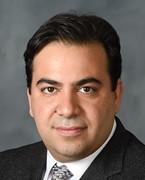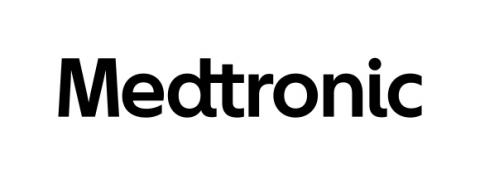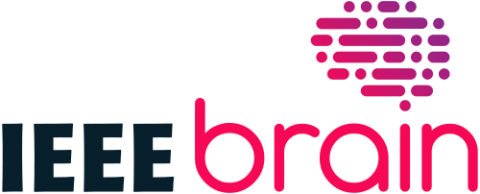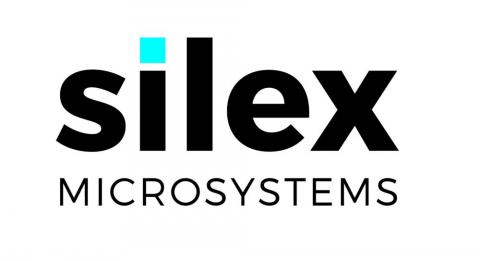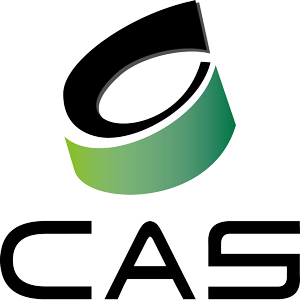Wednesday, October 17
2:30 PM - 4:00 PM
Semiconductor-Integrated Biosensing: The Good, The Bad, and The Hype
Abstract
In the past two decades, there have been multiple attempts to leverage IC technologies, particularly VLSI fabrication processes, to develop integrated and miniaturized biosensing devices. The motivation has been to create technologies to enable cost-effective, easy-to-use, robust, and mass-deployable molecular analyzers for point-of-care diagnostics, high-throughput screening, and life-science research. However, the results have been mixed and many unexpected technical challenges mitigated the anticipated growth of this field. In this tutorial, I will discuss the reasons behind this, while providing a historical perspective and a review of the state-of-the-art integrated biosensors and biochips in the field.
Speaker Biography
Arjang Hassibi (M’99–SM’12) is the CEO and Founder of InSilixa, a startup company in Sunnyvale, CA, which is developing the first generation of fully integrated CMOS biochips for DNA testing. Arjang’s area of expertise is at the intersection of electrical engineering and biotechnology, specifically the use of high-performance analog and mixed-signal IC design for biosensing in applications such as DNA sequencing and molecular diagnostics. Prior to starting InSilixa, he was a faculty member at the Electrical and Computer Engineering Department and the Institute for Cellular and Molecular Biology of The University of Texas at Austin. He also has held various R&D positions in both industry and academia, including Stanford Genome Technology Center, IBM Research at Yorktown, and Xagros Genomics, a startup company that he co-founded in 2001. Most recently, he was the Healthcare Thrust Lead at Silicon Research Corporation (SRC). Arjang received his B.Sc. with the highest honors from the University of Tehran, Iran, and both his M.Sc. and Ph.D. degrees from Stanford University, all in electrical engineering. He attended Caltech for his postdoctoral training. He has more than 100 technical publications and patents.

